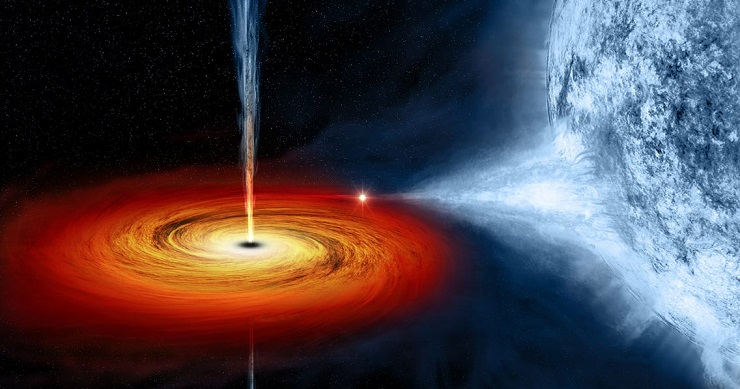Black holes have the potential to act as natural time machines, allowing for travel to both the past and the future. According to Albert Einstein’s general theory of relativity, matter and energy have the ability to bend and stretch space. The more massive an object is, the more it stretches and bends the space around it. This creates a kind of valley in space, which objects fall into when they come near.
This is why light can’t escape a black hole – the sides of the valley are too steep for light to climb out. Similarly, when space is stretched, so is time. A clock near a black hole will tick slower than one near a less massive object.
Therefore, one could theoretically travel to the future of Earth by flying near a black hole and then returning to Earth. However, travelling to the past using a black hole would be significantly more complex and potentially lethal due to the extreme conditions near a black hole.
Key Takeaways:
- Black holes have the potential to act as natural time machines due to the way they bend and stretch time and space, allowing for possible travel to both the future and the past.
- The gravitational field of a black hole is so strong that not even light can escape it, which is why they appear black and why they can significantly slow down time near them.
- The concept of a ‘closed timelike curve’ within a black hole suggests a trajectory that begins in the future and ends in the past, creating a theoretical pathway for time travel.
“Black holes form natural time machines that allow travel to both the past and the future. But don’t expect to be heading back to visit the dinosaurs any time soon.”
More details: here
References:


Leave a Reply